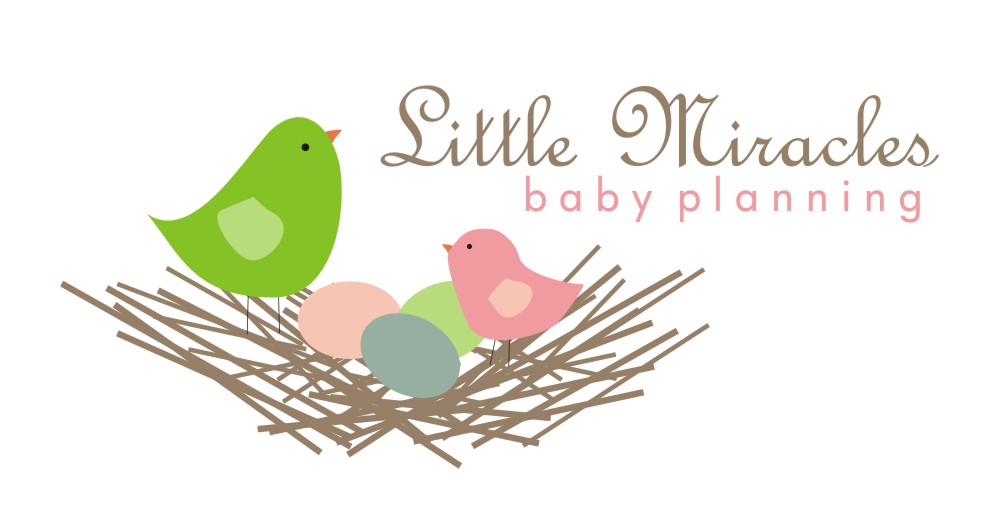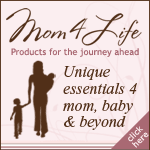
Posted on March 11, 2010 —
By Jose Bravo
José T. Bravo is Executive Director of the Just Transition Alliance based in Chula Vista, California.
Childhood obesity has received a lot of media attention lately, but the solutions in the news focus just on personal responsibility. First Lady Michelle Obama’s Let’s Move initiative is a great start, but it only addresses eating healthy food and getting exercise. While personal responsibility is important, there are other underlying issues that contribute to the childhood obesity problem.
Scientific evidence shows that certain chemicals block our hormones and disrupt the body’s normal functions. Known “endocrine-disrupting” chemicals, this class of toxins includes PCBs, DDT, dioxin, some pesticides, and many plasticizers, like BPA. These chemicals play an important role in the global epidemic of obesity. Dr. Bruce Blumberg, professor of developmental and cell biology and pharmaceutical sciences at the University of California in Irvine believes there’s evidence that industrial pollutants are contributing to America's obesity epidemic. Dr. Blumberg calls those chemicals “obesogens.”
"Despite what we've heard, diet and exercise alone are insufficient to explain the obesity epidemic." —Dr. Bruce Bloomberg, UC IrvineThere is now strong evidence that our bodies mistake certain man-made chemicals used in plastics, food, wrappers, and fragrances, and many more items, for naturally occurring hormones that regulate the production and storage of fat cells.
“Evidence has been steadily accumulating that certain hormone-mimicking pollutants, ubiquitous in the food chain, have two previously unsuspected effects. They act on genes in the developing fetus and newborn to turn more precursor cells into fat cells, which stay with you for life. And they may alter metabolic rate, so that the body hoards calories rather than burning them…” —Retha Newbold of the National Institute of Environmental Health Sciences.Endocrine-disrupting chemicals that may be linked to obesity include:
- Bisphenol A (BPA) is ubiquitous in the environment. It is used to make polycarbonate plastic water bottles, baby bottles, the linings of metal food and soft-drink cans, thermal receipt paper, and dental sealants. Studies show that mice and rats fed low doses of BPA during early development became more obese as adults than those that weren't fed the chemical. BPA leaches from food and beverage containers into what we eat and drink.
- Phthalates are plasticizers found in PVC tubing, plastic, cosmetics, shampoos, soaps, lotions, lubricants, paint, pesticides, fragrances and more.One recent study linked a type of phthalate that leaches into processed food with abdominal obesity and insulin resistance in men.
- Atrazine is a commonly used weed killer found to contaminate drinking water supplies, and exist as residue in food. After noticing an apparent overlap between areas where the weed killer is used and the prevalence of obesity, researchers conducted animal studies of the effects of low doses of atrazine. The findings suggest that atrazine may contribute to the development of insulin resistance and obesity, especially when the exposure is associated with a high-fat diet.
- Perfluorooctanoic acid (PFOA) is used to make non-stick cookware, found in grease-proof food packaging, and stain-proof coating on clothing and carpeting. Several studies show that PFOA exposure results in reduced birth weight followed by weight gain after puberty.
So what does all this have to do with environmental justice? Environmental justice is the fair treatment and meaningful involvement of all people regardless of race, color, national origin, or income with respect to the development, implementation, and enforcement of environmental laws, regulations, and policies. In communities of color and low-income neighborhoods where there was a history of toxic waste dumping, polluted air, and lax enforcement of environmental regulations, people started making the connection between a toxic environment and high incidence of cancer, asthma, and other health problems.
And so when people say unhealthy personal choices are the only cause of obesity – without considering things like obesogens — I start thinking about environmental justice. The obesity epidemic reminds me of the early 1990’s when the US EPA published a report called “Environmental Equity.” In this report the EPA determined that it was what people ate, smoked, and drank that was causing major illness in certain poor and ethnic communities. The EPA failed to make the connection between people getting sick, and people living in communities where there were dozens of “non point” sources of pollution and a multitude of industrial plants and abandoned toxic waste dumps. In essence, this report blamed the victim by concluding that we were the ones causing our illnesses in our communities — instead of looking at how the toxic chemicals in our communities may be harming our health.
But this legacy isn't limited to poor people or people of color any more—these dangerous chemicals are in cans, baby formula, food wrappers, cookware and more. All of our children are at risk.
I think that the First Lady and the Obama Administration should look at all the different factors that are affecting children. And take special notice of the fact that some American children live in communities that face a disproportionate risk from toxic chemicals, because someone thought it was OK to dump hazardous waste there. That has been our legacy—maybe since the industrial revolution. But this legacy isn't limited to poor people or people of color any more—these dangerous chemicals are in cans, baby formula, food wrappers, cookware and more. All of our children are at risk.
A real solution to this problem will be to stop our daily, unwitting, exposure to toxic chemicals at home, school, and work. That’s why the Just Transition Alliance has joined the Safer Chemicals, Healthy Families campaign, to work together to reform the nation’s chemical law that currently does not protect our health. We should have information about the health hazards of chemicals we’re exposed to—which is often kept hidden as “ trade secrets." And we must clean up the persistent chemicals that have contaminated communities for decades.
José T. Bravo is Executive Director of the Just Transition Alliance based in Chula Vista, California. Jose is a leader in Californian chemicals policy reform work, and Green Chemistry as a co-convenor of Californians for a Healthy and Green Economy (CHANGE). José has participated in the Environmental Justice (EJ) movement since 1990, and over the years he has gained recognition as a national and international leader in the EJ movement.

.png)




















